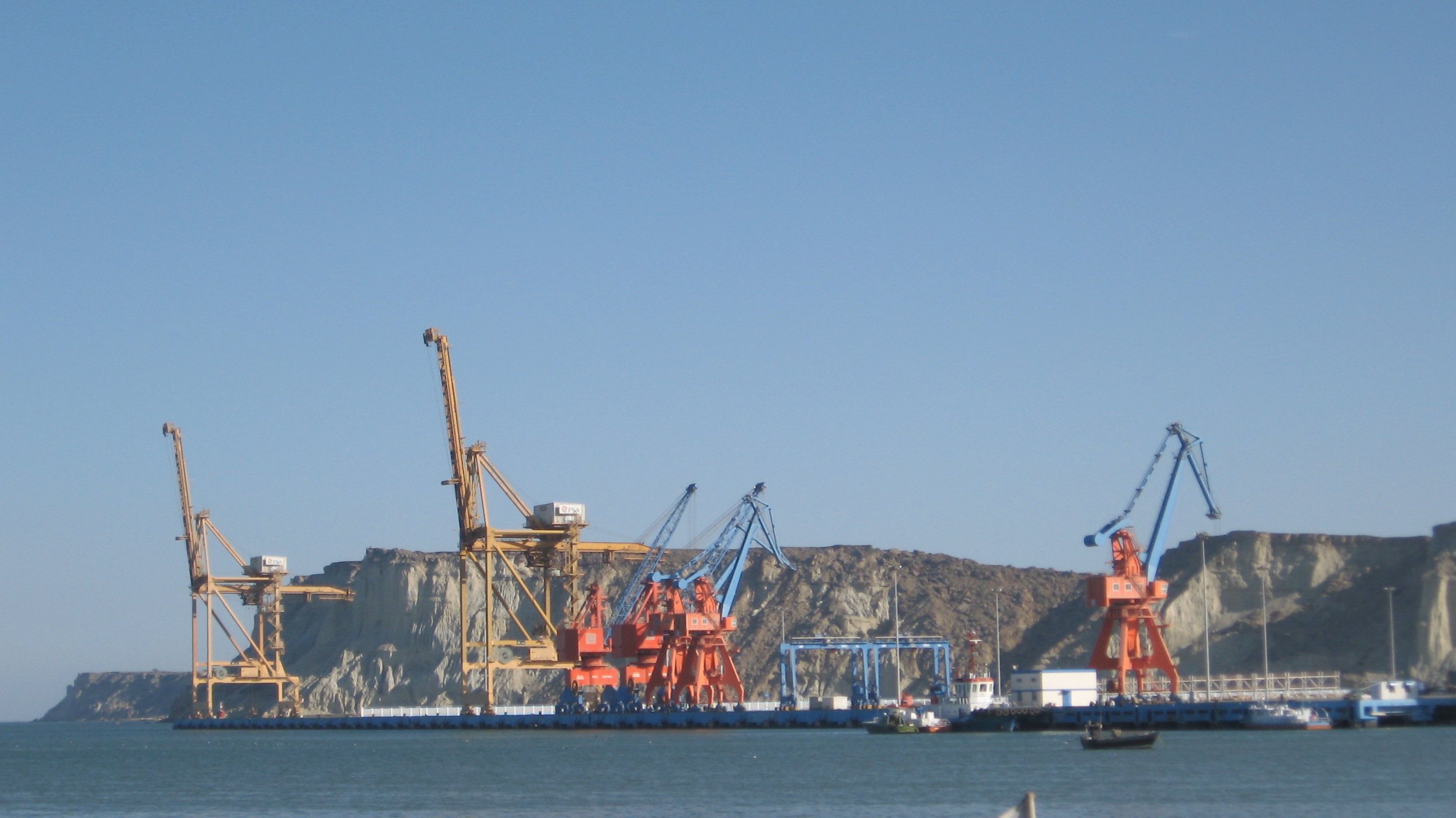
Regardless of whether American voters opt for Donald Trump or Hillary Clinton in the upcoming presidential elections, the new president will face immense challenges in South Asia, including continuing instability in Afghanistan, troubled relations with Pakistan, and growing influence of China in the region. If the goal of the United States is to preserve its influence in South Asia and to maintain stability in the region, the next president must take a much more hands-on approach without discriminating against any country in the region.
Afghanistan
The security situation in Afghanistan has grown increasingly precarious with terrorist attacks continuing to create instability across the country and the Taliban capturing wide swathes of territory. Two particularly important lines of inquiry require the White House’s immediate attention: 1) Should the United States encourage the revival of stalled negotiations between the Taliban and the Afghan government? 2) Should the United States implement an increased military presence to complement democratization efforts on the part of the North Atlantic Treaty Organization (NATO)? The inability to develop a long-term Afghanistan policy will adversely affect U.S. interests in the region such as reduction of terrorist attacks in the country, elimination of terrorist safe havens, reconciliation between warring factions in the country, and democratization of Afghanistan. As seen from the 9/11 attacks and ongoing violence in Pakistan, an unstable Afghanistan can have spillover effects across the region and even the world, which is certainly contrary to American security interests, especially given the presence of an estimated 2,500 ISIS combatants within Afghanistan.
United States-Pakistan Relations
An equally important issue for American interests in South Asia is the relationship with Pakistan. The political situation in the country continues to remain fragile, where domestic upheavals as well as reprisal attacks by terrorists continue unabated, despite the sacrifices Pakistan has rendered against terrorism. A fragile Pakistan which continues to be affected by terrorism runs contrary to American interests for a variety of reasons including the spread of extremism to other parts of South Asia. Playing a constructive role in diffusing tensions between Pakistan and India is equally significant, given that South Asian stability heavily relies on peace between the nuclear-armed neighbors.
A recent issue that has soured the relationship between the two countries is the perception that the United States has treated India more favorably than Pakistan on the nuclear front and in a variety of other ways. For example, Pakistan has voiced its concerns over India’s NSG membership bid, which received strong backing from the United States. Furthermore, Pakistan considers criticism of its nuclear program in Washington as discriminatory, unjustified, and more of a zero-sum game in favor of India. Alienating a strategically significant state such as Pakistan, with its proximity to Afghanistan and Central Asia, is counterproductive to American interests in that it gives the United States less leverage to address the difficult security issues in the region. Even worse, a weaker American relationship with Pakistan allows Beijing to capitalize on its historically warm relationship with Islamabad to gain influence in South and Central Asia at American expense. It is thus important for the United States to address Pakistan’s reservations of unequal treatment if it wants to preserve its influence in Pakistan and South Asia more broadly.

Competition for Influence in South Asia
Given China’s burgeoning economic presence in South Asia, the United States needs to establish its footprint in the region by promoting regional connectivity. The United States is already lagging well behind China in that China has already placed great emphasis on regional connectivity as part of its One Belt One Road initiative with its involvement in the China Pakistan Economic Corridor (CPEC) project in Pakistan, port developments in Chittagong, Bangladesh, as well as Hambantota, Sri Lanka, and investments in the Bangladesh-China-India-Myanmar (BCIM) economic corridor. Balancing China economically will require the United States to emphasize the importance of regional arrangements such as the South Asian Association for Regional Cooperation (SAARC) to promote result-oriented economic connectivity. Furthermore, the United States will have to emphasize forging strong economic relationships with each of the states in the region, not just India, and bringing fresh stakeholders on board such as the American business community, which could help the United States reverse the large head start China currently has in the region.
Concluding Thoughts
Although the current administration has certainly strengthened its ties with India, the next U.S. president must have a broader outlook in order to achieve critical American goals in South Asia. A good start would be for the next president to establish a more calibrated balance in its relationships with India and Pakistan, as opposed to the seemingly pro-India status quo. Equally important, the next president ought to set a clear long-term vision of American policy goals for Afghanistan, whose internal stability affects the stability of the region at large, especially Pakistan. Finally, the United States should play a larger role in encouraging the regional integration of South Asia, especially economically, or it risks losing a great deal of influence in the region to China.
Editor’s note: As the United States goes to the polls next week to elect a new leader, South Asian Voices contributors Hamzah Rifaat Hussain, Pranay Kotasthane, Sana Ali, and Monish Tourangbam analyze what the next U.S. president’s policy priorities should be in South Asia, why the region is critical to American interests, and what implications U.S. policies can have for stability in the region. Read the entire series here.
Editor’s Note: Click here to read this article in Urdu
***
Image 1: Furfur, Wikimedia
Image 2: Moign Khwaja, Flickr


